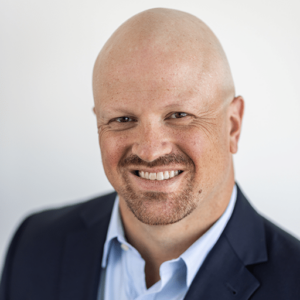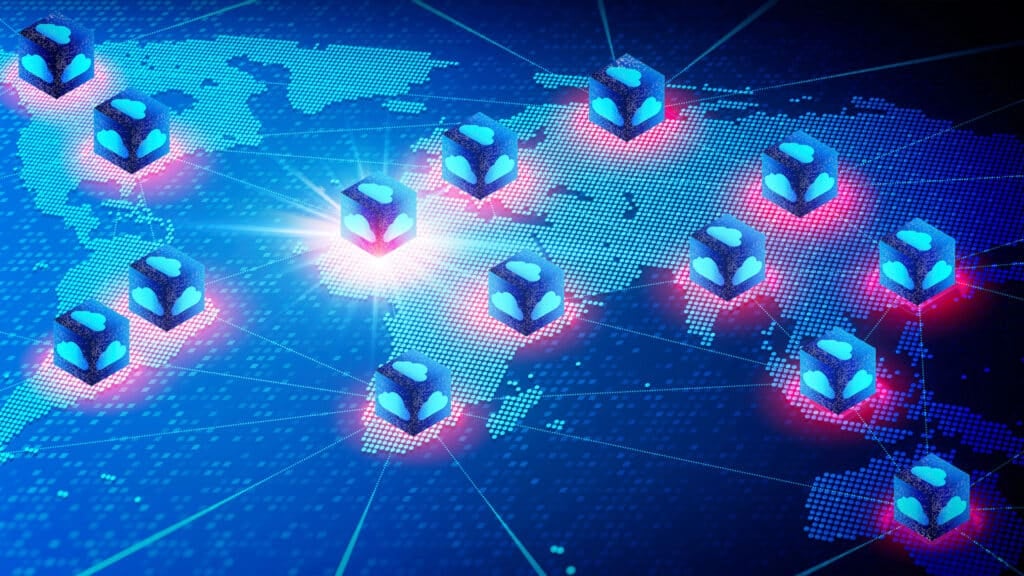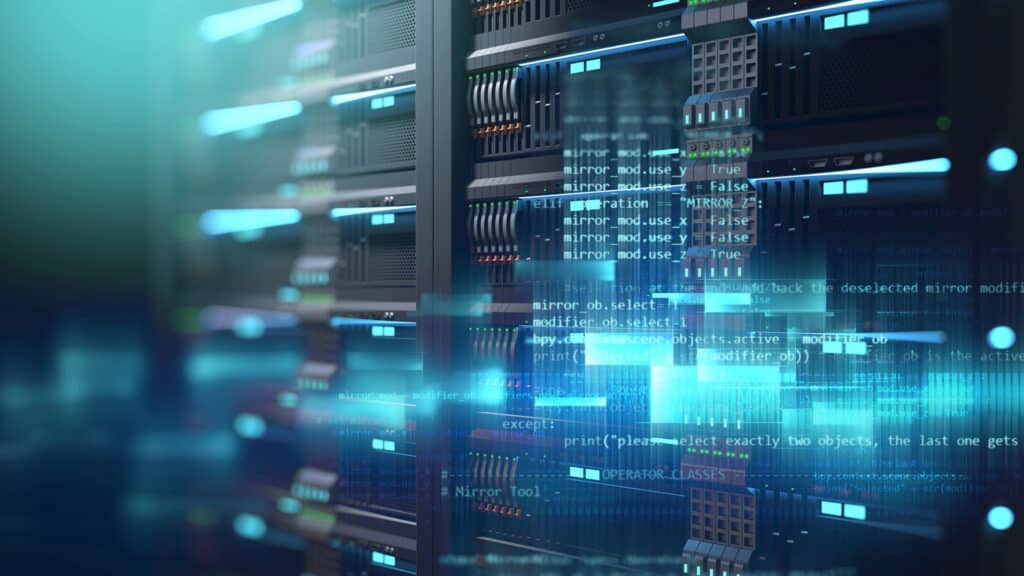The Six Five team discusses GlobalFoundries Q1/24 earnings.
If you are interested in watching the full episode you can check it out here.
Disclaimer: The Six Five Webcast is for information and entertainment purposes only. Over the course of this webcast, we may talk about companies that are publicly traded and we may even reference that fact and their equity share price, but please do not take anything that we say as a recommendation about what you should do with your investment dollars. We are not investment advisors and we ask that you do not treat us as such.
Transcript:
Patrick Moorhead: GlobalFoundries. Dan, you want to kick this one off?
Daniel Newman: Yeah, let’s touch on it. Look, they beat on the top of the bottom. They’ve guided above the midpoint, and I think it’s been a stable, steady stock. The company is, it qualifies into what you and I like to call lagging. When I talk to them though they like to remind me that it’s essential notes, though this is a company that focuses above 14 nanometer, but they are catching tailwinds. They do talk quite a bit in their earnings about the gen AI boom and its impact, especially in management. So that seems to be where a lot of it’s coming is the boost to silicon photonics. It’s pretty well diversified. It did look like the revenue is picking up. They commented a bit on Smart Mobile, so that kind of fits the narrative that we talked about Qualcomm, Qualcomm where their company is turning around, but they’re pretty well diversified across the board.
And one of the most interesting things, Pat, I like to circle back, is in the 2020 year when chips became cool again, by the way guys, congratulations on sticking with it long enough to become cool again, it wasn’t actually the leading edge that was the biggest problem. And you and I have talked about this quite a few times on the podcast, but it is the stuff that companies like GlobalFoundries produce. It’s the stuff that was the reason you couldn’t get your seat heaters, so they couldn’t ship a truck. And so GlobalFoundries continues to be really important and essential, but it feels like a deep value to me. It feels like it’s never going to be cool.
Stacy Rasgon: Again, we don’t cover this one either, so again, I won’t give any investment conclusions, but you’re right, they have focused a lot more on the trailing node stuff that was tougher to source. They have a lot more, what they call, long-term agreements. They’ve locked customers in and they’ve been benefiting in some sense from that. GlobalFoundries had an interesting transformation, by the way, again, for your listeners who don’t know, it started its life, it was AMD.
Patrick Moorhead: Exactly. I was there when we stuck it off.
Stacy Rasgon: AMD, Gary Sanders used to say, “Real men have fabs,” but at one point they were spending 50% of the revenue on CapEx and it just wasn’t sustainable, especially when the financial crisis hit and they had to sell their factories to the Middle East or there’s a Hector, I guess is the one that-
Patrick Moorhead: That’s right, Hector Ruiz. That’s right.
Stacy Rasgon: And then, that entity bought Chartered Semiconductor, they bought IBM’s, I guess IBM paid them to take their semiconductor manufacturer.
Patrick Moorhead: Yes, yes.
Stacy Rasgon: But they formed this thing, but the economics used to be horrible ’cause They were still pushing on the leading edge, but then AMD shifted away from GlobalFoundries to TSMC for their leading edge, and GloFo made, I think, what was a good decision. They decided to give up and focus on lagging node and specialty, and they were able to massively cut their capital intensity because that stuff doesn’t have nearly the kind of investment requirements that leading edge does, and there’s a lot of opportunities for specialty processes and pricing opportunities and everything. And it’s clearly much better than it used to be. They’re actually making money now.
Patrick Moorhead: Exactly.
Stacy Rasgon: Right?
Patrick Moorhead: Yeah, I was there. It was a fun thing and in addition to the CapEx squeeze, we bought ATI and ATI was supposed to have a top of the stack performance and it ended up not being, and then we had to sell. We had to do a fire sale and everything wasn’t. Anyways-
Stacy Rasgon: Qualcomm bought their Adreno Graphics from, I think it was $65 million they paid for it.
Patrick Moorhead: It was there, and Broadcom bought the set top box business. By the way, Adreno kind of an anagram would be Radion-
Stacy Rasgon: Right.
Patrick Moorhead: … Which is ATI’s brand. I wonder where that came from.
Stacy Rasgon: $65 million.
Patrick Moorhead: No. Like I said, it was a fire sale. You do some crazy things when you need cash.
Stacy Rasgon: AMD, to their credit, forget about where the stock is going now, this was a $2 stock. I remember in 2014-2015, the controversy was are they going to go bankrupt or not.
Daniel Newman: Hey, Stacy, you want to have a little fun. You want to have a little fun? Ask Pat what his stock would be worth today if he’d have held it.
Patrick Moorhead: Let’s not do that.
Daniel Newman: Oh, come on, boomer. I just want to pick on the boomers here. By the way, I bet you two are both Gen X-ers, but I love calling Gen X-ers boomers. It’s my new thing.
Patrick Moorhead: I love that, Dan.
Stacy Rasgon: Proud Gen X-er here, so yes.
Patrick Moorhead: Me too, baby.
Author Information
Daniel is the CEO of The Futurum Group. Living his life at the intersection of people and technology, Daniel works with the world’s largest technology brands exploring Digital Transformation and how it is influencing the enterprise.
From the leading edge of AI to global technology policy, Daniel makes the connections between business, people and tech that are required for companies to benefit most from their technology investments. Daniel is a top 5 globally ranked industry analyst and his ideas are regularly cited or shared in television appearances by CNBC, Bloomberg, Wall Street Journal and hundreds of other sites around the world.
A 7x Best-Selling Author including his most recent book “Human/Machine.” Daniel is also a Forbes and MarketWatch (Dow Jones) contributor.
An MBA and Former Graduate Adjunct Faculty, Daniel is an Austin Texas transplant after 40 years in Chicago. His speaking takes him around the world each year as he shares his vision of the role technology will play in our future.




